A Sailplane for the Masses
To travel aloft in a glider and be kept airborne by nothing more than thermal updrafts, no engine or fuel to worry about, is an experience quite different from flying in any sort of powered aircraft and likely as close as humans will ever come to flying as the birds do.
The sense of freedom that comes from gliding has made it a very popular activity worldwide and the Let L-13 Blaník and its variations have been catering to the training needs as well as touring and aerobatic desires of sailplane clubs and pilots in almost every corner of the globe since the late 1950s.
From it’s first flight in 1956 and subsequent production starting in 1958, the Blaník had a quick rise to popularity thanks to its durable construction, affordability and ease of handling both on the ground and in the air. It was extensively exported and became the stalwart of gliding clubs in many countries.
In its lifetime, the Blaník has held many records for two seat sailplanes. With over 3000 built, the Blaník still holds the record for the world’s most produced glider of post World War Two design.
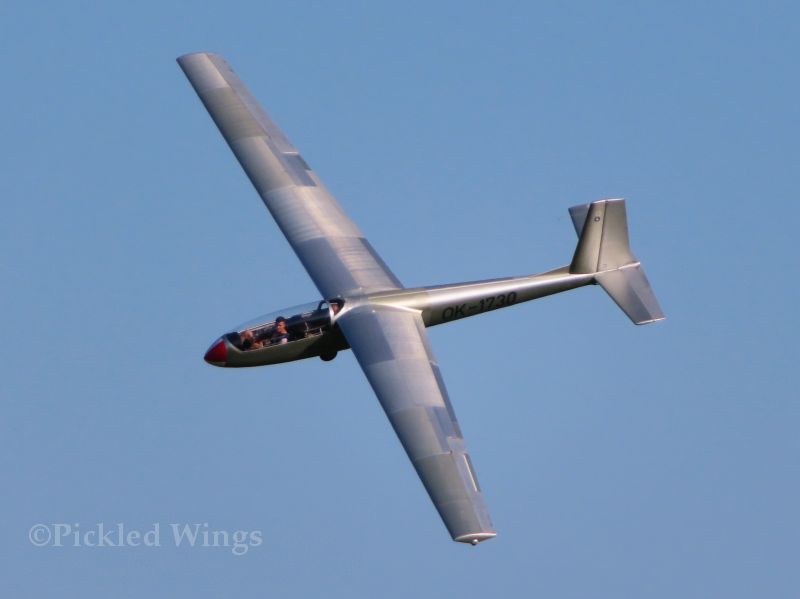
A Breed Apart
Designed and built by the Let aircraft company of Kunovice, in the south east of the Czech Republic, the Blaník was in several key ways a radical departure from sailplane designs which had gone before it. Chief among those departures was the extensive use of metal in the Blaník’s construction; with the exception of the elevators and rudder, the aircraft structures were entirely of metal.
The Blaník was designed from the outset with training in mind; to this end, it incorporated a semi retractable main landing gear with a strong shock absorption system which would allow the aircraft to withstand gear up landings and such similar beginners’ mistakes with little to no ill effect on the aircraft.
With a high level of durability afforded by its all metal construction, the Blaník proved particularly popular as a training aircraft in gliding clubs for its ability to withstand heavy handling that would do serious damage to more expensive and modern types made of composite materials. Beyond civilian groups, the Blaník also served as a military trainer; it was known as the TG-10 series in U.S. Air Force service.
Clipping the Wings
In spite of its durability, the Blaník is not unbreakable. Following a fatal crash in 2010 of a Blaník in Austria, baseline versions of the aircraft were grounded in many countries when the cause of the accident was attributed to metal fatigue in the wing spar area.
The grounding was controversial in many quarters for a variety of reasons, not the least of which was that it affected all baseline L-13 and L-13A models – even those with total flight hours well short of the aircraft’s fatigue life.
In 2016, L-13 and L-13A models were allowed to resume flying activities after being put through a rebuilding program that included strenthening of the wing spar and area of the fuselage around the wing root.
Interestingly, while other nations scrambled to find a fix to the fatigue problem, Australia had already come up with a Blaník life extension solution in the 1980s known as the Llewellyn Modification; aircraft which received the modification were re-designated L-13 A1 and not affected by the grounding. While this modification did keep a handful L-13s in Australia flying, it was not approved as a valid fix outside that country.
A total of 11 aircraft in Australia received the Llewellyn Modification package. There were two primary reasons for it being applied to so few aircraft:
Firstly, the Llewellyn Modifications were very in-depth structurally and very costly from a financial point of view. They could extend the usable life of the aircraft to 12,000 flying hours, but many L-13s had already been flown over 5,500 hours. Spending a lot of money to keep already well used aircraft flying didn’t make a lot of sense to many Blaník owners.
Secondly, aircraft the received the Llewellyn Modifications were subject to significant restrictions in the aerobatics that could be performed with them. One such restrictions was that they could only be put into a spin for training purposes. This was a definite point against the modifications for anyone who enjoyed the aircraft for its aerobatic qualities.
The L-13 Family
Naturally, with the popularity that the baseline L-13 enjoyed, it’s not surprizing that Let would try to get as much as they could from the design.
The L-13 family consists of both pure gliders as well as motorised variations.
L-13/L-13A/L-13A-1
The L-13 is the baseline version of the Blaník.
L-13A is the designation for the first major modernisation of the Blaník. The L-13A first appeared in the early 1980s. It features a strengthened fuselage and the wings adapted from the L-13 Vivat motorised variation. Many baseline L-13 models have been modified to the L-13A standard.
L-13A-1 is the designation for the 11 aircraft in Australia that received the aforementioned Llewellyn Modification.
L-13 AC/TG-10B Kestrel
The L-13AC was a development intended to increase the Blaník’s flight parameters so it could be used to train pilots to a higher level. The L-13AC has a different, and shorter, wing design than the baseline L-13 and was not subject to the 2010 groundings.
The most visible external features differentiating the L-13 AC from the baseline L-13 are a small extention at the base of the vertical tail fin and less support framing on the cockpit canopy.
TG-10B Kestrel was the designation given to the L-13AC when it was in service with the U.S. Air Force Academy as an advanced trainer between 2002 and 2012.
L-13 J
The L-13J was the earliest motorized version of the Blaník. It had a specially built three cylinder engine from the Jawa company, best known for their motorcycles, mounted on struts above the wing spar. The first flight of the L-13 J took place in March of 1968.
L-13 Vivat
A more meaningful development in terms of self launching abilities for the L-13 family was the Vivat series of aircraft. The Vivat first flew in 1978.
The Vivat took rear fuselage, tail and modified wings of the L-13 Blaník and connected them to a newly designed forward fuselage and cockpit. Most Vivats have a retractable single wheel main landing gear with outrigger wheels at the wingtips, though a small number were also made with a fixed two wheel main landing gear arrangement.
The Vivat kept the Blaník’s two seat arrangement, but put the seats side by side rather than tandem, thus creating a much more roomy cockpit. The Vivat can be fitted with a Czech made Walter Mikron engine, a German made Limbach engine, or a Rotax engine from Austria.
Construction of the Vivat was undertaken by Aerotechnik, also based at Kunovice, and over 150 of the type were completed before production ended in the late 1990s.
L-13 B Bačostroj
The L-13 B Bačostroj first flew in 1979 and has only ever existed as a single example. The concept of the L-13 B was to create a single seat motorized version of the Blaník by removing the front seat and placing the engine there.
L-13 TJ
2006 saw the first flight of the L-13 TJ, a jet powered version of the Blaník. Two L-13 aircraft were modified to be fitted with small jet engines and were used to set new records for sailplanes in speed and time to height.
The Blaník Today
In spite of the groundings that affected the baseline variant, popularity and numbers are still very much in the Blaník’s favour and its name is still respected.
Blaník Aircraft, a company established in Prague in 2014, currently holds the certificates for all Blaník types and has actively been pursuing life extension programs for existing L-13 Blaníks as well as the conversion of baseline L-13s to the L-13A standard.
While some Blaníks have found their way into museums, it is safe to say that members of this aircraft family will be flying for several years to come.
Learning More
This link will take you to the Blaník Aircraft company website where you can find the latest developments regarding the L-13 and it’s family.
This article at the Flying Revue website will tell you something of the rebuilding process required for L-13 and l-13A models to be allowed to fly again.
This article at the orlita.net website gives a lot of information about the Blaník, its history and development as well as its accomplishments. It’s all in Czech, but responds well to online translator functions.
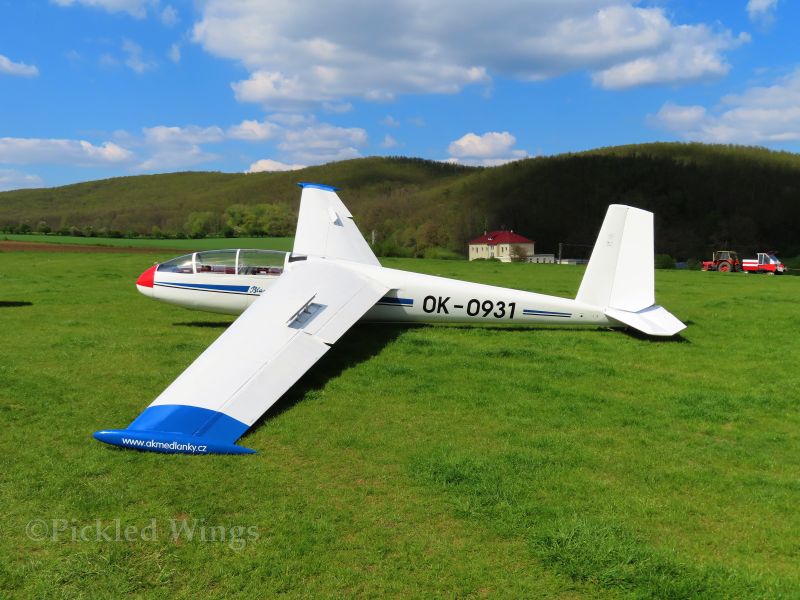
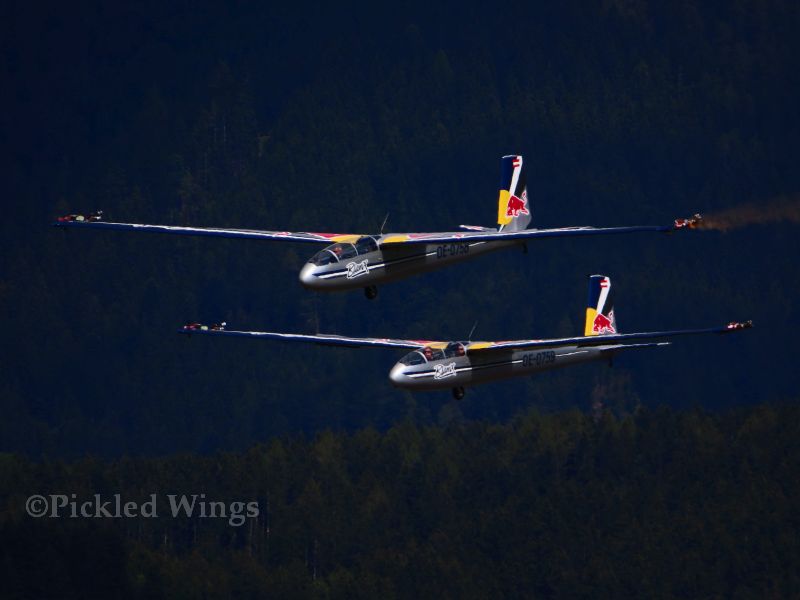
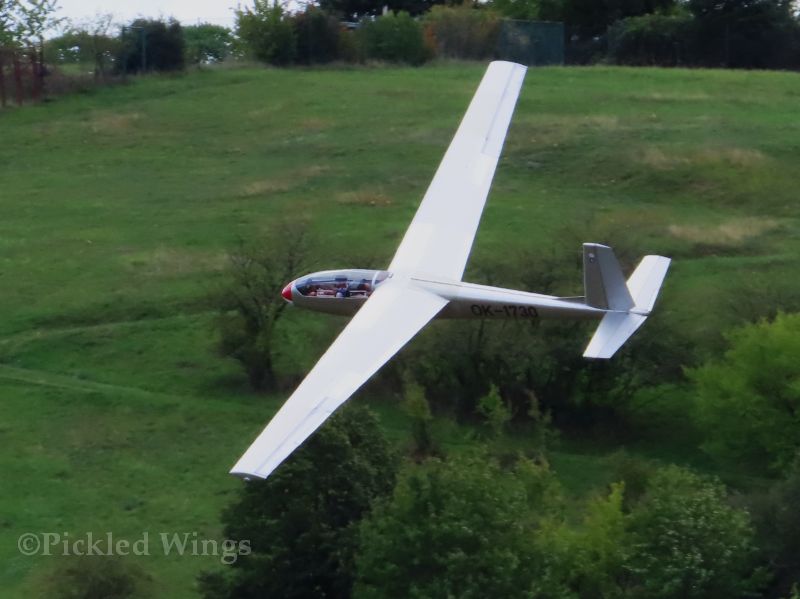
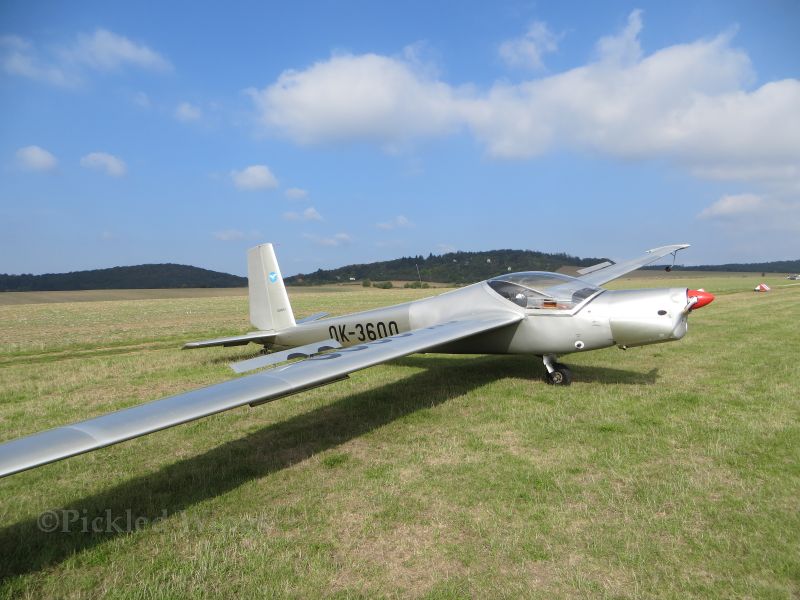
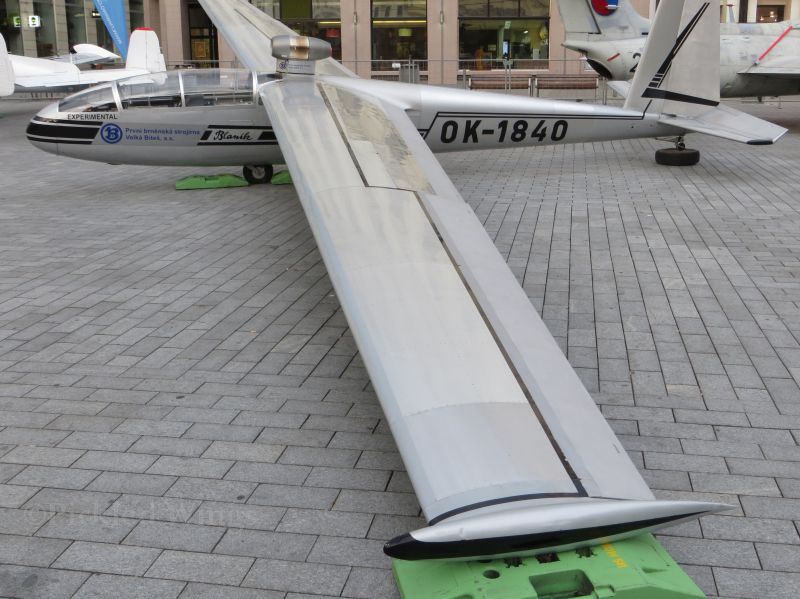
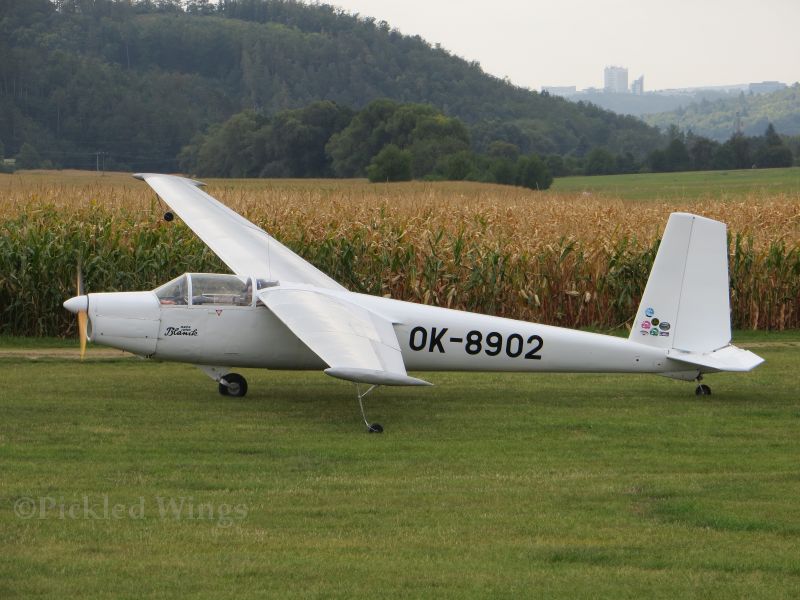
Your description of the L 13 A is not quite correct . The L13 A is a development from 1980 . The original L13 seized production in 1979 . After that there was a limited edition with stronger wings ( wings from the Vivat Motor Glider )built .That than was designated L13 A and because of this stronger wings in 2016 it was decided by the EASA that this Type of Blanik could be released back to active flying .( source: https://www.orlita.net/blanik/ )
I have translated here with “google translate” the corresponding part for you.
kind regards Uli Klausing
End of production in 1979
A temporary fluctuation or decline in customer interest at the end of the seventies was not, as one might expect, an impulse for the manufacturer to try to somehow improve Blaník, but it was an excuse to end production. Several bosses at the factory were relieved that it was finally “out of the question”. And so, in December 1979, L-13 was flown with registration no. 027360 as the last serial piece (2,628 produced in total). Nevertheless, production had to continue with regard to the supply of spare parts and with regard to the serial production of the L-13SW Vivat motorized glider “opposite” in Aerotechnik starting. A modified wing (strengthened for the higher take-off weight of the motor glider) and rear fuselage with tail surfaces were supplied for the Vivata. The wing was technologically modified in the root part, similarly changes were made at the end of the fuselage in the place where the spur is attached.
74th series – resumption of production
It didn’t take long, however, and Blaník tried to rise from the ashes again. In the factory, at Omnipol and elsewhere, efforts were made to resume production and, for simplicity, to incorporate all modifications into the basic design, which until then had been done at the customer’s request. Svazarm was the first to respond and placed an order for twenty pieces, which the factory confirmed. However, an unexpected thing happened. Perhaps it was the fault of bad promotion, perhaps foreign interested parties no longer believed that production could be resumed. In short, it turned out curiously – npLET was forced to resume the production of Blaniks only in the number of 20 pieces only for Aeroklub Svazarma. To be quite precise, this 74th series ended up with 21 pieces – to begin with, one more piece of the original L-13 design would be produced.
The wind turbines had reinforced L-13SW wings (of course without modifications for the auxiliary landing gear at the end of the wing) and built in all other modifications. The modification was designated L-13A, but the letter A is not because it is an aerobatic modification, but simply because it stands first in the alphabet. The Z-37A isn’t an aerobatic Bumblebee either, is it. However, since the Blaníky L-13A were mostly used for the renaissance of “aircraft” acrobatics in the mid-1980s, it probably won’t disappear from the pilots’ consciousness.
Hello Ulrich,
Thanks for your feedback.
I’ll look at the information you provided and make adjustments to the article on the weekend.
Best wishes
Kevan
Thanks Kevan, I just wanted to point out that the L13A existed already before the accident in Austria happened . In your Article it sounded that it was a new designation developed especially to deal with the grounding. With the construction of the model L13 A all factory new wings built from Let and later Blanik were of this stronger type . They have the same wing root construction like the Blanik L23 . But this is all mentioned in that very nice article from https://www.orlita.net/blanik/ . If you have a Blanik L13 with factory ew wings with this newer L13 A design the wings a good to 6000 hrs . But the fuselage has to get upgraded with a slightly beefier wing root cross section after 3000 hrs. So that will still be a costly operation because the fuselage has to be split in half .
Uli
I’m happy to make the correction. 🙂
There is only one L 13A . In the follow up Ad’s they always talk from modified in service to conform to the L-13 A BlaniÌk type design . Meaning for example fitting new wings on an older fuselage. I will attach some files ( AD s) where you can get a better understanding from what I am talking . One is an excerpt from the Blanik America Webpage .